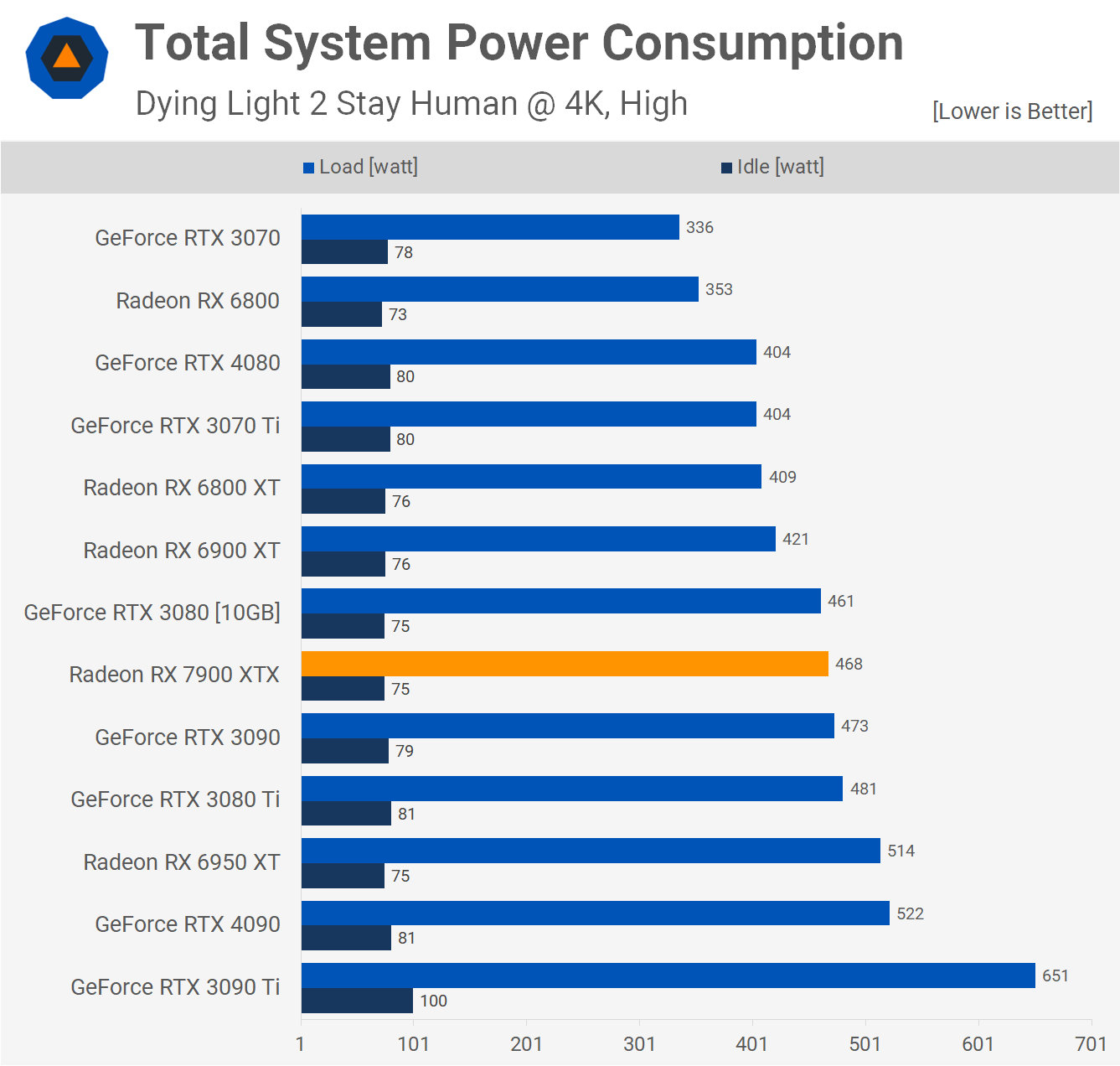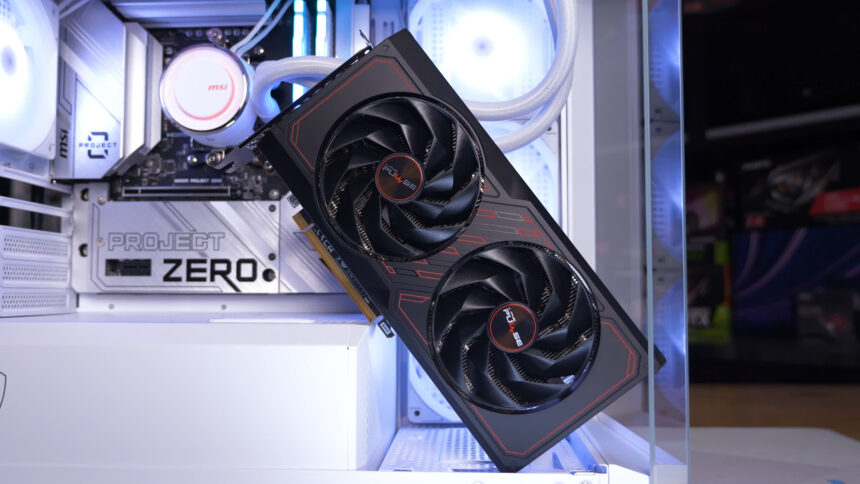The big picture: AMD has trailed Nvidia in ray tracing performance across multiple GPU generations for several years. However, a reliable leaker now suggests that Team Red is poised to reassess its strategy regarding this technology. This information contradicts previous rumors indicating that the upcoming Radeon lineup would not see significant improvements in ray tracing capabilities.
Renowned leaker Kepler_L2 recently remarked that AMD’s upcoming RDNA 4 graphics cards will feature a “brand new” ray tracing implementation. While this comment doesn’t explicitly state whether the forthcoming products, likely named Radeon RX 8000, will significantly enhance ray tracing performance compared to their predecessors, it does suggest a renewed emphasis on the technology.
When questioned further, Kepler elaborated that while the RX 7000 GPUs handle ray tracing similarly to the RX 6000 series, the RDNA 4’s RT technology appears to be “completely different.”
Ray tracing has been an area where recent AMD products have notably lagged behind Nvidia’s offerings. For instance, our benchmarks reveal that AMD’s current flagship, the RX 7900 XTX, experiences a significantly greater performance impact from ray tracing compared to Nvidia’s similarly priced GeForce RTX 4080.
RDNA3 RT was based on RDNA2 with some improvements. RDNA4 RT looks completely different.
– Kepler (@Kepler_L2) April 30, 2024
Prior reports presented a markedly different outlook. Earlier this year, sources informed YouTuber RedGamingTech that RDNA 4 would only see a 25 percent improvement in ray tracing performance over RDNA 3. This figure would likely position AMD’s upcoming cards unfavorably against Nvidia’s forthcoming Blackwell series and Intel’s Arc Battlemage GPUs in terms of ray tracing capabilities. All three GPU generations are anticipated to debut later this year.
One aspect where sources concur is AMD’s decision to abstain from the current heavyweight GPU competition, instead concentrating on more affordable mid-range offerings. Kepler reiterated previous reports indicating that no RDNA 4 card will rival the top two Blackwell GPUs – likely named the RTX 5090 and 5080.

Recent data-mined code suggests that AMD scrapped a card that potentially could have doubled the performance of the 7900 XTX, boasting up to twice as many chiplets and compute units. Meanwhile, the Battlemage series will mark Intel’s inaugural entry into the enthusiast-class discrete graphics chip market.
Another intriguing development regarding AMD’s future ray tracing performance revolves around the anticipated specifications of Sony’s upcoming PlayStation 5 Pro console.
Rumors suggest that, despite being based on RDNA 2 architecture, it could handle ray tracing operations up to four times faster than the base PS5. This projection could potentially surpass the ray tracing capabilities of any current AMD product, including RDNA 3 GPUs that exceed the console’s price range. It remains to be seen whether Sony has proprietary technology at play or if the mid-generation refresh will incorporate AMD’s latest innovations.

